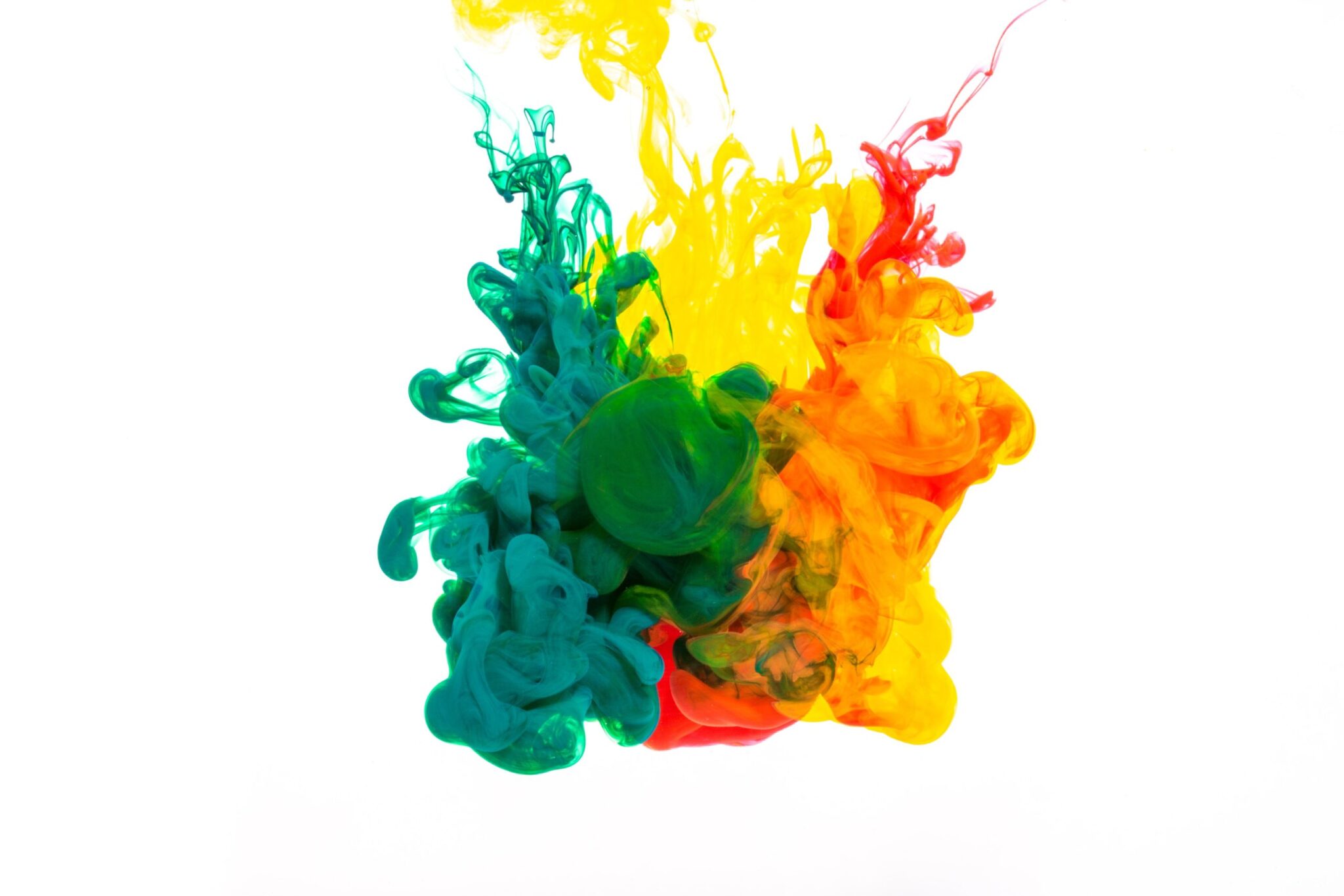No products in the cart.
Blanket, Hammam Towel, Throw
Why we love colours?

Would you drink brown tomato juice? If given a choice, most likely you would refuse the brown tomato juice in favor of the same stuff doped with an artificial chemical that stains the juice bright red. Even though you know that the brilliant red color of tomatoes fades with time after caning, and you know the red colored artificial chemical does nothing for taste or nutrition, you can’t help yourself from consuming the adulterated juice instead of the faded colored juice in its natural state. Is this rational?
Color preferences are deeply rooted emotional responses that seem to lack any rational basis, yet the powerful influence of color rules our choices in everything from the food we eat and the clothes we wear to the cars we buy. For some people, owning a green car is unthinkable. These shoppers will gladly pay hundreds of dollars more to obtain the vehicle in a different color, or they will reject the green car and select an entirely different automobile in a color they favor. We all do this even though the color has absolutely no influence on the performance of the automobile. Yet oddly, someone else will feel exactly the opposite about buying a green car. These individuals will gladly pay a premium to purchase a vehicle in the shade of green they adore. We like to think of ourselves as being rational, but in fact we are ruled by the unconscious and mysterious power of color. Where do our color preferences come from?
In an essay in 1973, Biologist Theodosius Dobzhansky, famously observed that “nothing in biology makes sense except in the light of evolution.” Psychologists Stephen Palmer and Karen Schloss of UC Berkeley, apply this viewpoint to the question of color preference in an article published in 2010 in the Proceedings of the National Academy of Science. They tested the theory that human color preference is adaptive; that is, people are more likely to survive and reproduce successfully if they are attracted to objects with colors that “look good” to them, and they will avoid objects with colors that “look bad” to them. The idea is that the more experience-based feedback that a person receives about a particular color that is associated with a positive experience, the more the person will tend to like that color. They proposed that in general, people should favor colors associated with clear sky and clean water (blue and cyans for example) and be repulsed by colors associated with negative reactions (brown, for example, which is associated with rotting food and feces.)
To test this, they studied 48 participants who were asked to rate 32 colors in terms of how much the participant liked the color. The results showed that brightly saturated colors were preferred over the same hues that were muted or pastel, but not all colors were equally favored. Brown and olive green were significantly less preferred than orange or yellow. Bright reds, blues, and green, were the most higly favored colors. The results of the study produced a sort of “color wheel” ranking of the 32 colors, but it’s not the color brown that repels us from drinking brown tomato juice. Brown colored chocolate milk does not evoke the same psychological revulsion. The problem with this test is that the colors were not associated with objects.

The researchers then showed 74 subjects each color swatch against a gray background and asked them to write as many descriptions as they could about objects that typically have this color. Brown might be associated with dirt, or red associated with an apple, for example. This now produced an association between 222 objects and their colors. 98 other participants then read the 222 object descriptions in black text on a white background and were asked to rate how appealing each object was to them. No color was mentioned. For example, an apple might rate higher in appeal than dirt. Now the researchers had a ranking of how appealing 222 objects were from one group, and a ranking of colors that had been associated with the objects by an independent group.
Now the researchers showed 31 new observers the written descriptions of the objects together with a color to which that object had been given, and asked them to rate the strength of the match between the color and the described object on the screen. The “color wheel” preferences produced by deriving the colors from the relative preferences for the objects that had these colors, matched perfectly with the first group’s “color wheel” preferences that were produced on the basis of looking at pure swatches of color without any object associated with them. The conclusion is that color preferences derive from our preference for the objects that typically have these colors.
But is this color preference hard-wired by evolution or learned? Interestingly, the researchers found that Japanese color preferences were different from American preferences, suggesting a cultural influence on color preference.
Colors influence object preferences in many situations in modern life, for example house paint, clothes, and furniture. Our individual preference for a particular color associated with these objects (a living room wall or an automobile) will be produced and reinforced by the positive feedback associated with the object and the color it has. Everyone has a somewhat different life experience, and so as people increasingly experience pleasure in something they bought in a particular color, they will tend to chose similar objects in the future with the same color. This leads to a self perpetuating situation.
So if you had never seen anything but brown tomato juice, these results predict that you would shun the red-stuff in favor of the brown. In fact, you would welcome the food manufacturers doping your drink with an artificial chemical to make it even browner.

